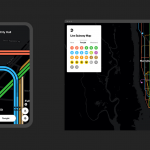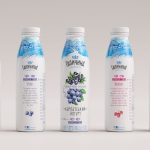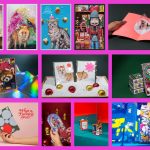Why design inspired by nature is back in vogue.
This piece began when a journalist from Marketing Turkiye magazine in Istanbul (and a member of the Epica Awards jury) asked me about trends in design. Now, I write about design a little – mostly here – but I’m by no means an expert. So my answer was basically guesswork.
I thought that since we’ve spent so much time indoors over the past year, we must all be craving nature and the great outdoors. So it struck me that nature-inspired design – bringing the outside into our lives – was likely to have a moment. “Organic design,” I ventured.
To check that I wasn’t making a complete fool of myself, I searched for “design trends” online. The first hit came from the Envato blog. “Ten big graphic design trends for 2021”. Guess what was number one?
“Organic design is a trend that’s now widely used across various areas of design – including fashion, product design, interior design and graphic design,” I read. “And visuals incorporating and inspired by mother nature are pegged to be one of the biggest design trends of 2021.”
Bingo! Realizing I might be on to a story, I started exploring the term. Needless to say, organic design was a thing long before the virus trapped us all in our homes. The first name to emerge was that of architect Frank Lloyd Wright. His early Prairie Style homes in the 1900s were designed to blend with their landscape. As he put it: “The relationship of inhabitants to the outside became more intimate; landscape and building became one, more harmonious…” (Source: The Frank Lloyd Wright Foundation.)
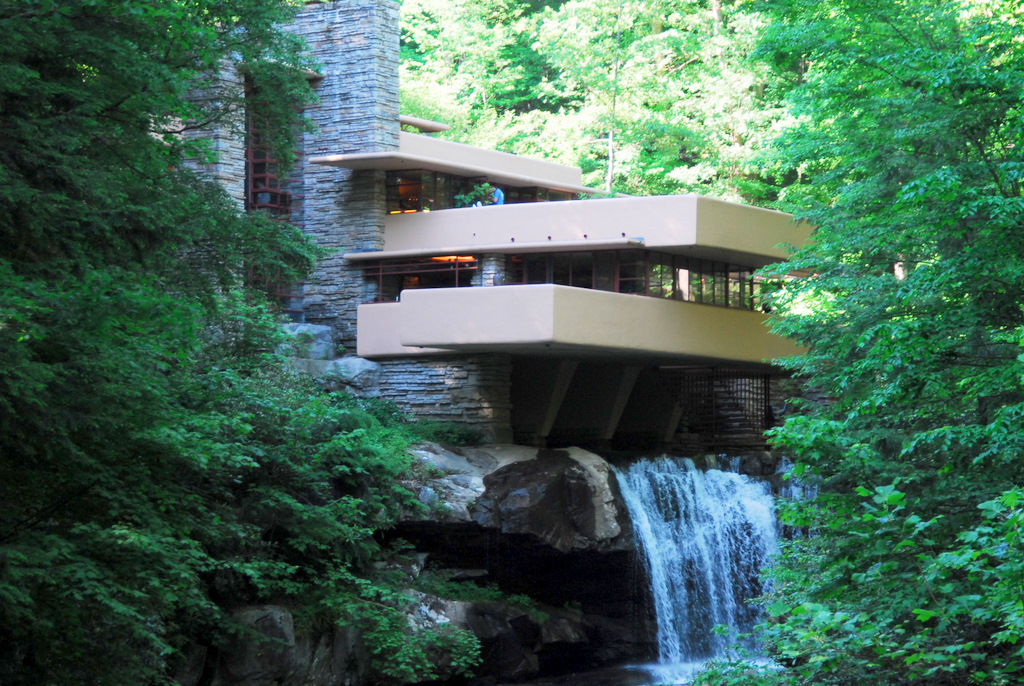
Working to nature’s principles remained central to Wright’s philosophy: “In organic architecture, then, it is quite impossible to consider the building as one thing, its furnishings another and its setting and environment still another…The spirit in which these buildings are conceived sees all these together at work as one thing.”
Let’s hop over to another foundation to learn about Finnish architect and designer Alvar Aalto, whose work, we’re told, was “enriched by the use of organic forms [and] natural materials”. His own home in Helsinki, completed in autumn 1936, “gave nature a foothold in a whole new way”. His name actually means “wave”, after all.
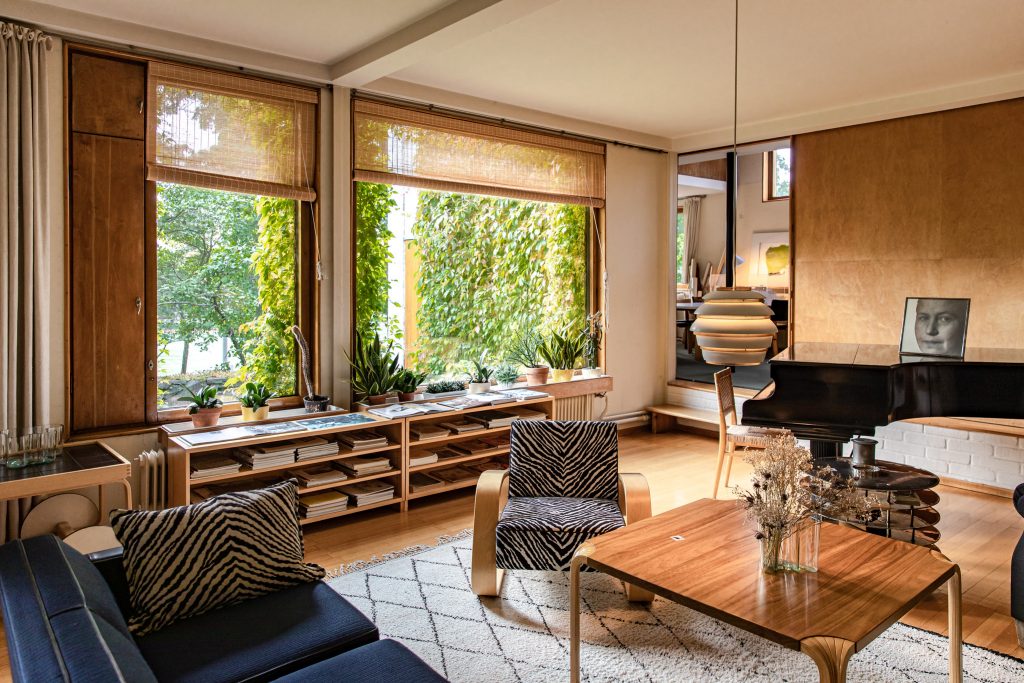
In the world of furniture, the term organic design indicates curved and rounded shapes, as smooth and tactile as if they’ve grown rather than been created. MoMA in New York launched an “organic design” contest as long ago as 1940. The “chair design” and “living room” categories were won by (Finnish-American designer Eero Saarinen) and Charles Eames, working as a team. You can see work from the subsequent exhibition here.

So who’s doing organic design right now? The Australian designer Marc Newson is admired for the unbroken undulating lines of his pieces, as evidenced by his chairs for Knoll.
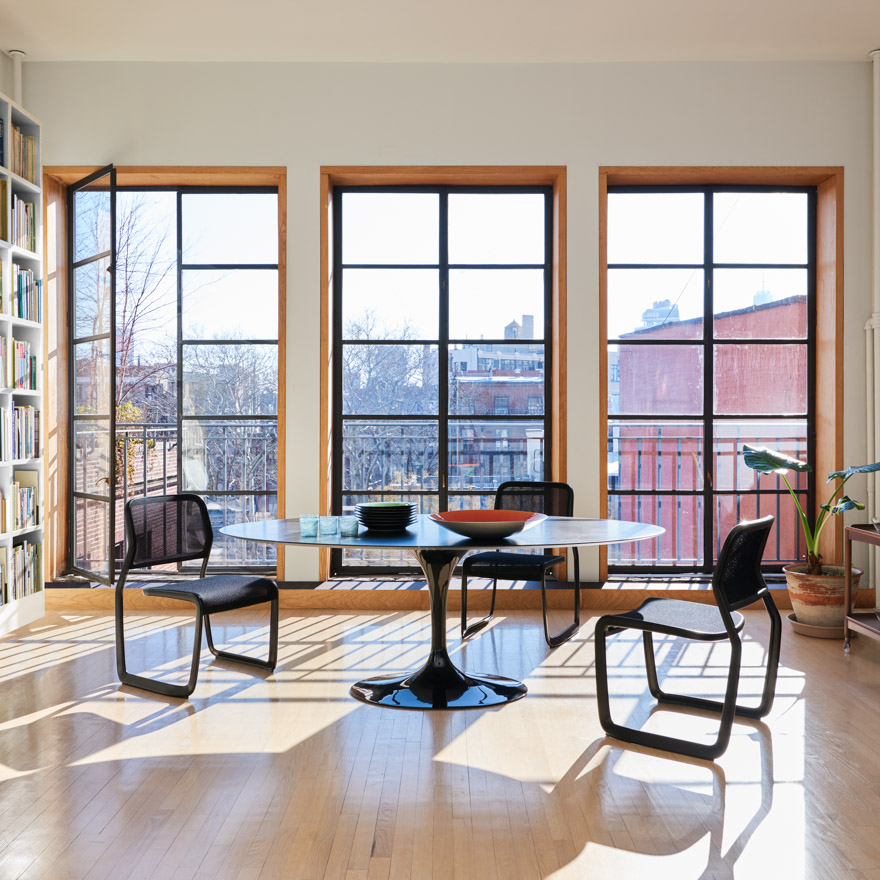
High fashion has embraced nature in a big way, stimulated in part by the so-called “Cottagecore” movement, which proposes a more pastoral and sustainable approach to life – rejecting urban living in favour of the countryside. The French designer Jacquemus is often cited in this context, having staged his spring/summer 2020 fashion show in the luminous lavender fields of Provence
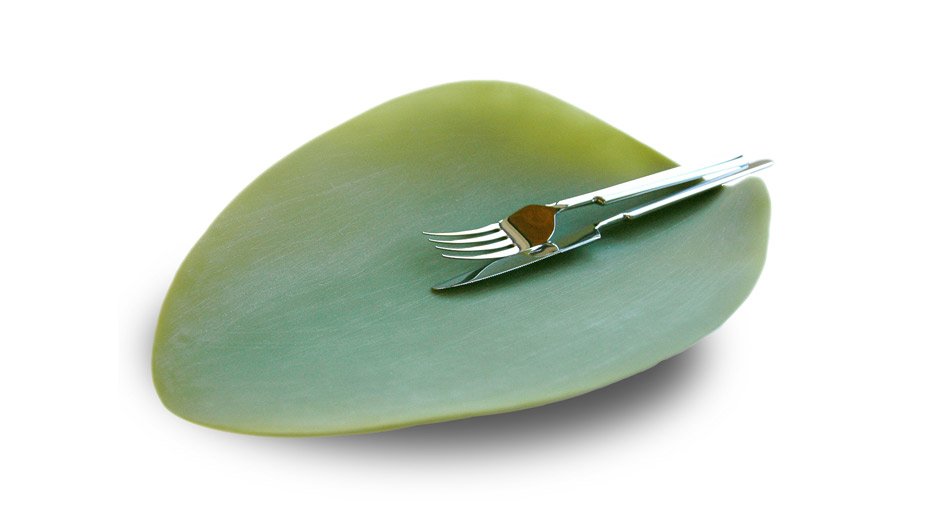
The industrial designer Nao Tamura’s work is inspired by nature – she describes Japan as “a small island constantly overwhelmed by nature’s energy” – and one of her most poetic creations is a line called Seasons, with its leaf-shaped plates made of recyclable silicone. She talks about her work in a fascinating interview with…Mercedes Benz, surprisingly.
While they don’t label themselves organic designers, the Paris-based trio Pierre Augustin Rose (Pierre Bénard, Augustin Deleuze and Nina Rose) seem drawn to the style, with their amorphous shapes and references to nature: there’s even a table called “galet”, or pebble.

The flamboyant Egyptian-born designer Karim Rashid is best known for his work with plastic, but he’s also turned to natural materials for pieces like his “Authentic Living Collection” (in collaboration with Riva 1920 and Lamborghini) – a desk, a bookshelf, a chair, a coffee table and a sofa in “sinuous shapes” – and his Forkola “organic design bench” for Silvera.
My feeling is that we’ll continue to see “sinuous shapes”, as well as wood, leaves, petals and stems, weaving their way into fashion, furniture and graphics in the months to come. In the meantime, here’s a dynamic work of art created by technology and nature. It’s a bit parenthetical to the subject – but it’s one of the coolest things I’ve come across lately.
MARKETING Magazine is not responsible for the content of external sites.


